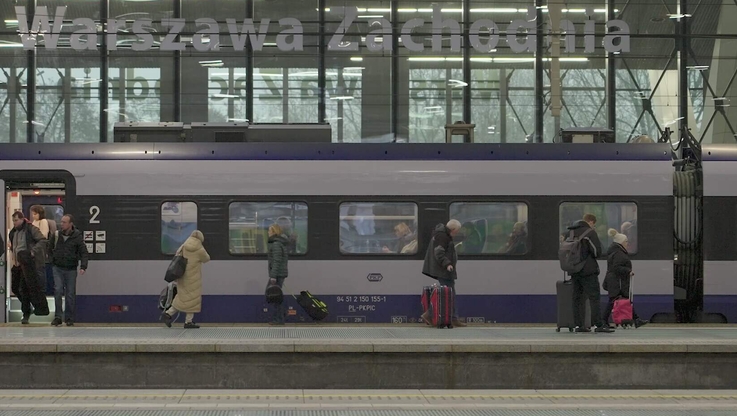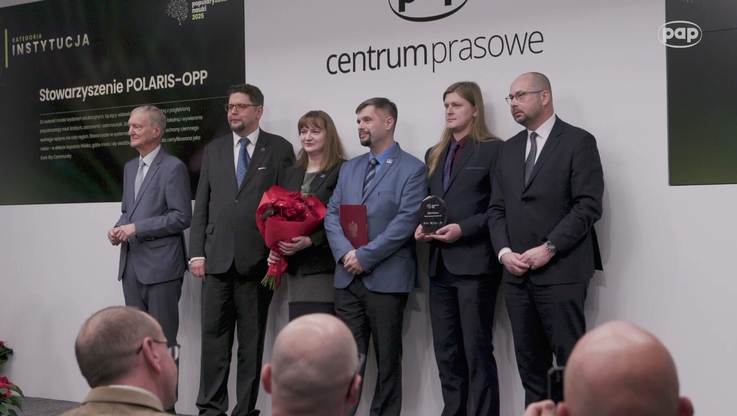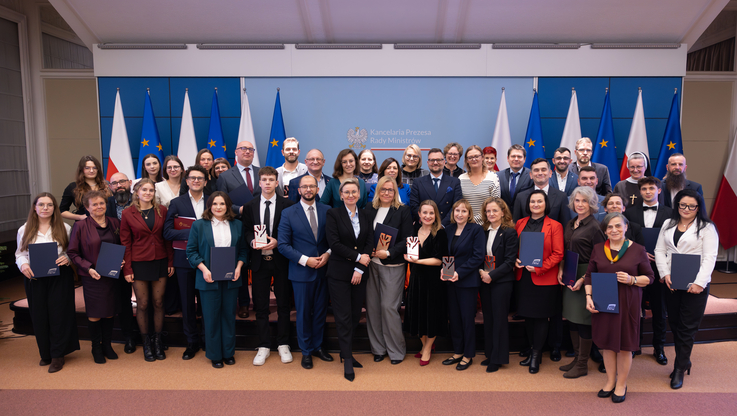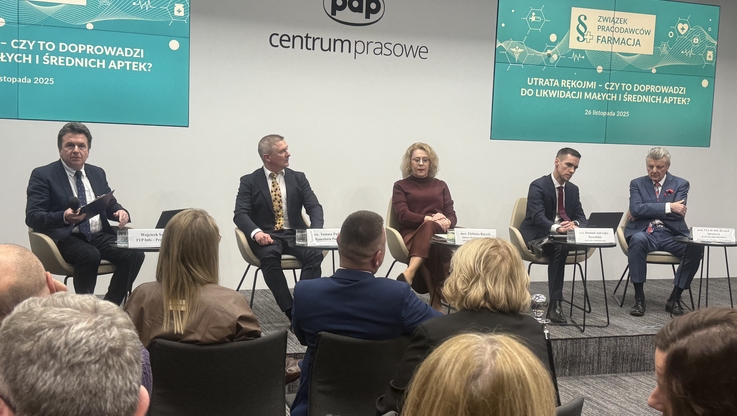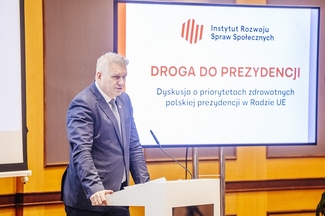Pobierz materiał i Publikuj za darmo
The analysis of the ESPON programme, which supports the sustainable development of Europe, indicates that these areas are still not benefiting fully from their potential, which stems from their strategic location.
In a study prepared for the European Commission, ESPON experts note that there are dozens of regions along internal land borders in the European Union, covering 40% of Community territory and 30% of its population. However, they generally perform worse economically than other parts of the respective Member State. A similar phenomenon also occurs in Poland.
“The main reason is the remoteness of border areas from central metropolitan centres, which attract innovative technologies and major investors. For security reasons, essential institutions providing broad access to public services have traditionally been located in the central regions of the country, away from its external borders. Although the EU countries have not posed a military threat to each other for several years, the effects of such a policy are still visible,” explains the ESPON study.
Poland presents its own specificity in this matter, which amplifies the economic and social difficulties of border regions. Most of them are located in the so-called Recovered Territories in the western and northern part of the country, which were most severely affected by the costs of the economic transformation in the 1990s (including the liquidation of State Agricultural Farms).
The high unemployment rate has resulted in massive emigration to the west, especially of young people, and therefore today these areas are facing depopulation and an ageing population. The situation has been further aggravated by the COVID-19 pandemic, as thousands of people living in the border areas are dependent on tourism for their livelihoods.
Nevertheless, there is also considerable potential in these regions. They act as bridges between Poland and the entire European Union. The ever-increasing trade exchange necessitates the expansion of the network of connections (road, sea, rail) that naturally run through their territories. Western corporations are also increasingly concentrating on regions as close to the border as possible in order to optimise transport costs.
The authors of the ESPON analysis emphasise that projects related to the production of green energy may also become a driving force for development. For example, the construction and operation of offshore wind farms will provide employment for thousands of inhabitants of regions along the coast.
The next generation of Interreg programmes is expected to support the development of border regions. Their total budget for the period 2021-27 amounts to 2.4% of the entire EU cohesion policy budget and is EUR 8.15 billion. Out of this amount, EUR 567.5 million will be available to finance projects in Poland targeting the Polish border regions.
Community support will concern both bilateral projects (e.g. Polish-German, Polish-Slovak) and regional ones (covering Central Europe or the Baltic Sea region). It will also take into consideration the specificity of each area and its unique needs, which are the main focus of the ESPON programme.
The Interreg Poland-Slovakia 2021-27 programme, covering an area of over 39,000 km2, of which almost 60% is in Poland, will focus on promoting and developing tourism while preserving natural and cultural resources. As a result of the previous editions of Interreg, more than 3,700 km of hiking trails were mapped or marked, over 100 cultural heritage sites were restored, and nearly 350 km of roads were modernised.
In the framework of Interreg Poland-Czech Republic 2021-27, small and medium-sized enterprises will be able to receive assistance in entering foreign markets, among others, by facilitating product certification. Entrepreneurs will be able to receive cross-border vouchers for the development of innovation.
Meanwhile the Interreg programme for Central Europe covers, apart from Poland: Austria, Croatia, the Czech Republic, Slovakia, Slovenia, Hungary and selected regions of Germany and Italy. Out of a total of 138 approved projects, 113 will involve Polish entities. The planned investments cover such areas as: strengthening the connection of peripheral regions with existing transport networks, revitalising post-industrial areas or improving the transfer of research results (R&D) to the business sector.
Full version of the ESPON paper: https://www.espon.eu/policy-brief-cross-border-monitoring-and-observation-europe.
Source: PAP MediaRoom
Pobierz materiał i Publikuj za darmo
bezpośredni link do materiału
| Data publikacji | 28.09.2021, 13:00 |
| Źródło informacji | PAP MediaRoom |
| Zastrzeżenie | Za materiał opublikowany w serwisie PAP MediaRoom odpowiedzialność ponosi – z zastrzeżeniem postanowień art. 42 ust. 2 ustawy prawo prasowe – jego nadawca, wskazany każdorazowo jako „źródło informacji”. Informacje podpisane źródłem „PAP MediaRoom” są opracowywane przez dziennikarzy PAP we współpracy z firmami lub instytucjami – w ramach umów na obsługę medialną. Wszystkie materiały opublikowane w serwisie PAP MediaRoom mogą być bezpłatnie wykorzystywane przez media. |
